Houseplant Pests: Prevention, Identification & Treatment
As your houseplant collection grows, it will be inevitable that you might encounter some common pests on your indoor plants at some point. It might not be the most enjoyable of issues to deal with, but panic not!
-- Our Guest Blogger, Dr Laura Jenkins (HousePlantHouse.com) offers some advice for tackling the more ‘real’ side of houseplant care - pest control.
PREVENTION IS BETTER THAN CURE
Perhaps the best place to start is to understand what can cause pests to appear on your houseplants…and how to prevent this if at all possible. After all, this is a much more favourable option than trying to treat the problem! First of all, keeping your plant healthy and considering its care requirements will really go a long way to keeping it pest-free. A strong, healthy houseplant will be much more resilient to any attack; so pay extra attention to any struggling plants in particular. The main reasons bugs appear is when a plant is under stress - often from its environment or incorrect care.
HERE ARE SOME BEGINNER TOP TIPS:
1. Feed your plants in Spring and Summer
Keeping plants strong and healthy is in part achieved by feeding them with the minerals and nutrients they require to thrive. Make sure you are using the right measurement and it’s a good idea to start off at half strength dilution levels than is recommended on any fertiliser bottle. Once or twice a month during the growing seasons really can make all the difference.
2. Get the Watering Right
Inconsistent watering - and fluctuating between over-watering and under-watering will also stress out your plant. Group plants with similar needs together to help get into a groove in understanding their needs.I’ve written a whole blogpost on watering
already so go check out the other blogposts here on Plantify for some further tips and advice.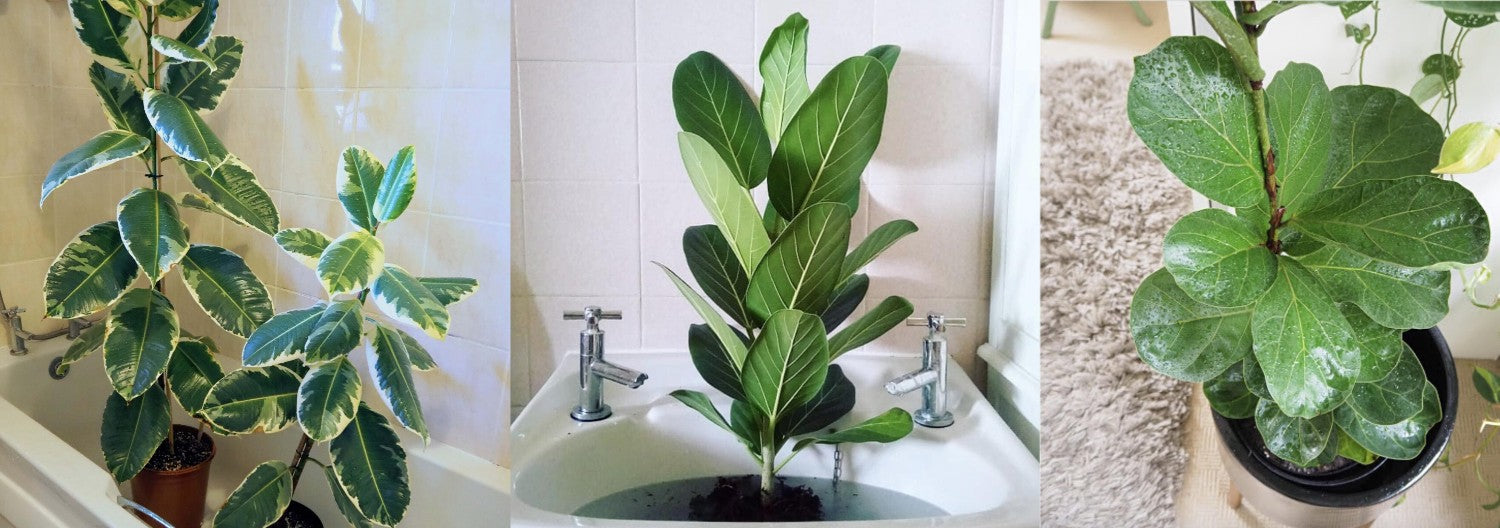
3. Pay attention to Humidity
A combination of warm conditions and very dry air can be a breeding ground for some pests such as spider mites and mealy bugs. Most houseplants don’t often require any additional humidity than regular household conditions, but simple things like placing your humidity loving plants in your bathroom and not on a windowsill can make things easier. You can get a humidity monitor if you have a growing collection, to help understand your atmosphere in more depth and if you keep tropicals, a humidifier will be your friend. Showering your plants to help keep the leaves free from dust is also beneficial.
4. Consider Location
Houseplant positioning can also play a part in preventing pests. Direct, bright light can create conditions that are more susceptible to attracting bugs. During Summer months in particular, check your cacti if they are on a windowsill as mealy bugs can hide in the spines and go unnoticed. The other extreme being overwatering and lower-light settings that can attract fungus gnats. Avoid overcrowding your plants and allowing air circulation around your pots helps too.
PEST PROFILES
Red Spider Mite
These tiny pests are a nuisance and are most likely to appear in very hot, dry atmospheres and can go unnoticed for a time as they like to attack the underside of the leaves of most houseplants. Red spider mites suck the sap from the plant which results in yellow marks and leaf drop. White webbing might also be visible between the main stem and leaves. They are most common in the more delicate leafy plants such as Calathea and Maranta, often due to inadequate humidity.
Mealy bugs
One of the most common household pests, they can sometimes look like small cotton-wool clusters and will cause wilting and leaf drop. A couple of bugs on a plant are easy to deal with, but a more severe infestation can occur if the problem is ignored. This can manifest itself in clusters of white fluffy bugs concentrating underneath leaves of foliage plants, and along to the stems.
Aphids
Also known commonly as greenfly, aphids are particularly attracted to flowering plants and young leaves. They are often found in groups and leave behind honeydew, or sticky markings which will weaken the plant.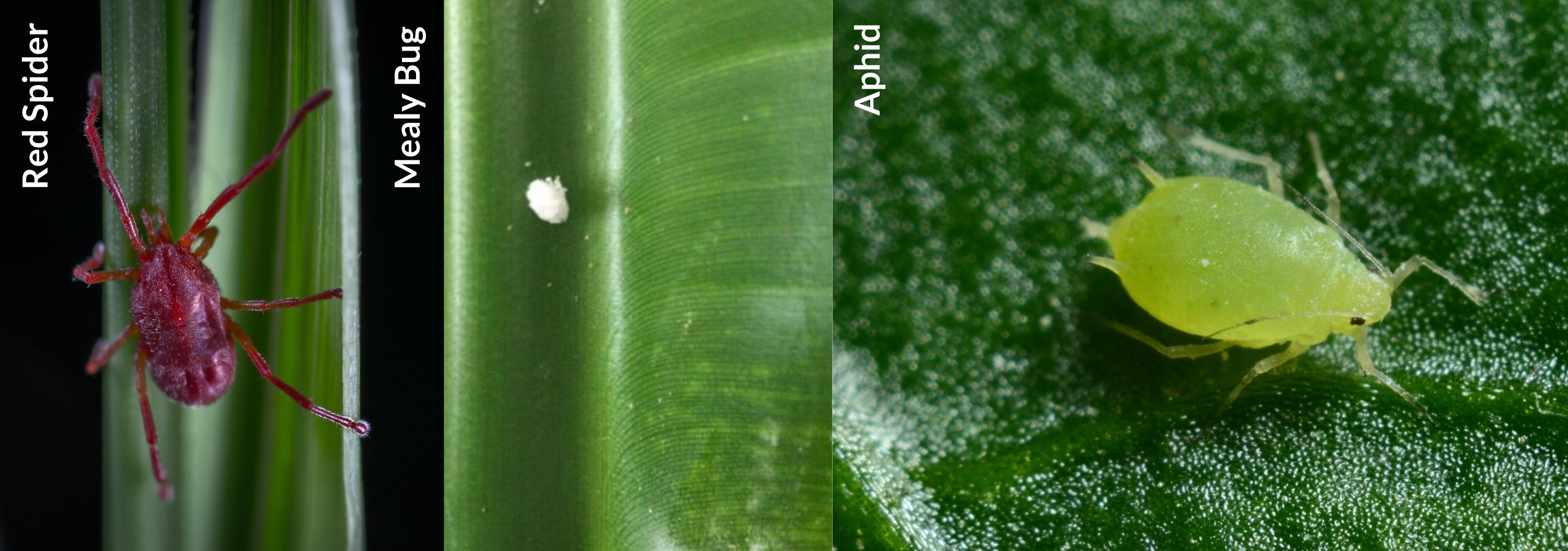
Thrips
Silvery streaks on your houseplants and disfigured leaves can be a sign of thrips, small black insects that have scraping teeth. These are a challenging pest to encounter and multiple treatments are usually necessary.
Scale
Harder to spot than some of the other plant pests perhaps, scale look like little brown ‘discs’ usually along the underside, mid-rib of the leaf or on woody stems. They can become quite attached to the leaves and need to be scraped or rubbed off - spraying them won’t have any effect. Attacks are usually small but if allowed to escalate a yellow sap will be present and treatment will be tricky, then the plant should be discarded.
Fungus gnats
Another pretty common household pest is the fungus gnat. Adult gnats are black flies that buzz around the top of plant pots but the troublesome part is the eggs they lay in the soil. They can reproduce quickly and when the larvae hatch they can attack the plant roots and weaken it. The main reason these appear is that the soil mix is too dense, or from overwatering. There’s some more information about fungus gnats in my blogpost on Soil, so check that out if you are interested.
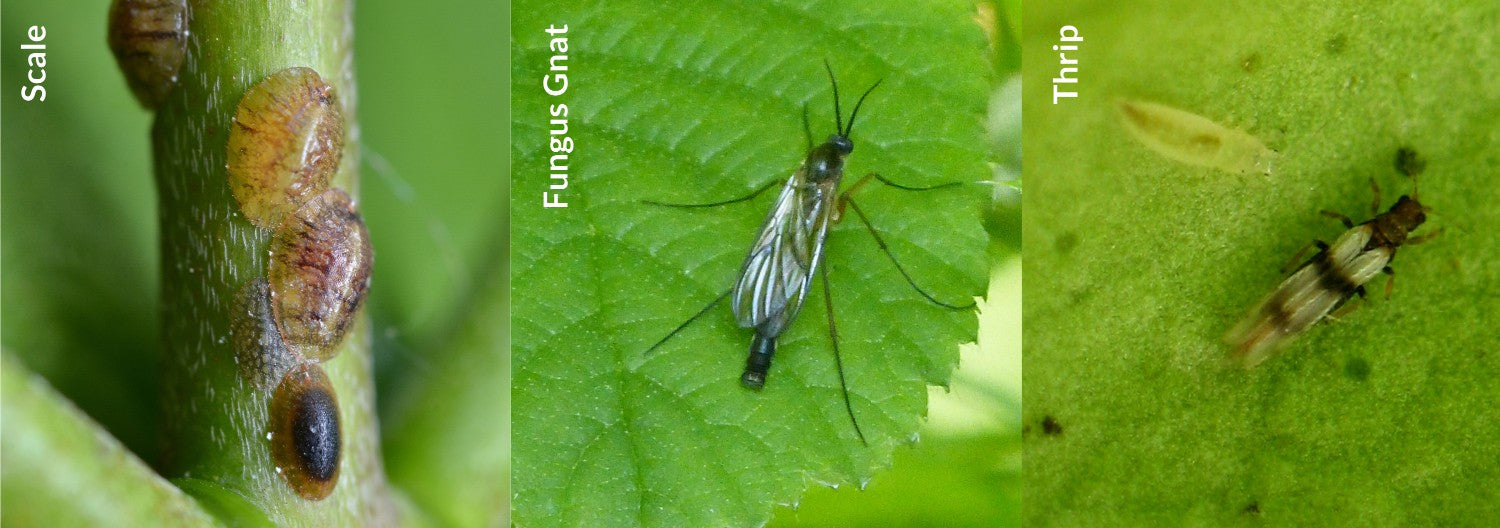
PEST TREATMENT
If you have found some pesky pests on your houseplants, it can sometimes feel like quite a personal attack! The first action to take is to isolate the plant and assess the situation by fully inspecting it in good light and with a magnifying glass if needed (this makes all the difference as some bugs can be hard to spot). Keep them away from all your other plants at this point and it’s also a good idea to check other houseplants that were nearby to ensure they do not also require treatment.
Before any treatment, shower or hose down your houseplant thoroughly, paying extra attention the the affected areas, where there is dense growth and the undersides of foliage.
THERE ARE A FEW OPTIONS AVAILABLE FOR MANAGING HOUSEHOLD PESTS, AND HERE ARE SOME TREATMENTS THAT CAN HELP:
Isopropyl alcohol
If you have a few bugs but nothing major, you can physically remove them using a swab or recyclable ear bud dipped in isopropyl alcohol to remove them. Continue to monitor the plant and repeat this treatment if necessary.
This affordable ‘at-home’ method is a natural way to treat most soft bodied household pests such as spider mites, mealy bugs, thrips and aphids. Depending on the severity of the situation, you can use this treatment in a couple of different ways. On smaller specimens, a Castile spray can be made up and applied to the houseplant(s) in this way. For larger plants, or ones that are more difficult to spray, a bucket, sink or even a bathtub soak using a solution of Castile soap and tepid water can be required. Try to save water and pick the vessel according to what plants need attention; don’t use a whole tub to treat just one plant! I’d recommend trying the spray method on any plants you are considering soaking to test their reaction, as some are more sensitive to this than others (velvety foliage being one leaf-type that is difficult to treat).
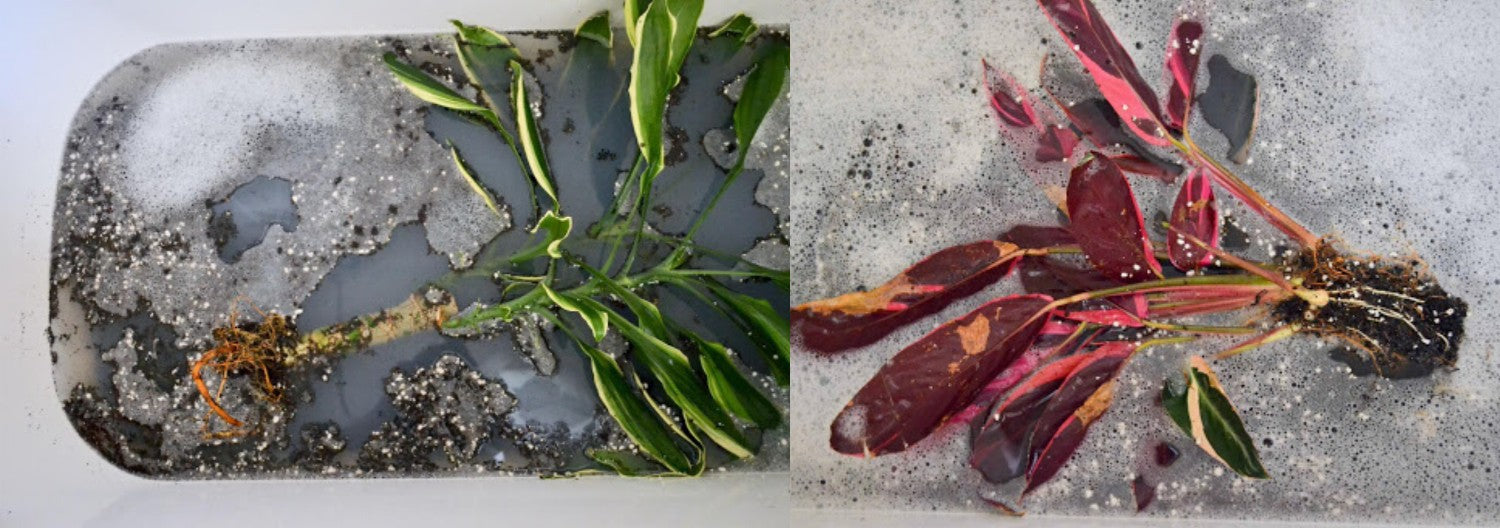
I like to use Dr Bronners unscented Castile Soap which is nice and plain with no additives that could aggravate your plant. Dilute at a ratio of 1 teaspoon of soap to one cup of tepid water. If you are submerging the entire plant (and pot),it’s a good idea to remove as much potting mix as possible, rinse off with a hose or shower before placing the entire plant (roots and all) into the bucket/sink/tub. Leave to soak for around 30 minutes to 1 hour and agitate and rotate your plants to make sure they are evenly treated. Rinse off under a hose or shower and inspect the plant again, a second soak can sometimes be necessary. Once removed, pot the plant in fresh potting mix and leave to dry in a well ventilated spot out of direct light. Then disinfect all surfaces and have a good clean up. It’s a messy job - you should dedicate a couple of hours to this ‘plant care’ session. But it can really help manage a pest problem and you’ll feel like a horticultural-houseplant-boss afterwards!
Horticultural Sprays
Using a pre-made insecticidal soap, invigorator spray or horticultural oil for your houseplants can be a very effective treatment method and usually works by suffocating the pests and attacking any larvae. You’ll need to spray the plant thoroughly, and not just from the top; pay particular attention to reach the crevices and the underside of the leaves too. Be sure to follow the bottle instructions carefully and repeat treatments will often be necessary until the situation is brought under control.
Neem oil
Neem is becoming a popular choice for houseplant pest management as it is a natural, organic oil that comes from seeds of the neem tree (Azadirachta indica). It is sold in a few different forms from a neat oil you dilute to pre-mixed sprays. When sprayed onto the foliage, it also gives the leaves a nice shine to them, but be warned, the smell can be…pretty funky. Follow the specific bottle instructions for mixing ratios.
Beneficial insects
I know this might seem a bit bizarre, but introducing beneficial insects onto your houseplants can be extremely effective, natural method of tackling a pest issue. Predatory insects and mites such as green lacewings, ladybug beetles and beneficial nematodes are worth looking into if you have a large houseplant collection that needs some helpA FEW EXTRA TIPS
Before bringing new plants into your home, it’s often a good idea if possible to keep them in isolation for a week or two until you have a chance to fully inspect them. This is the time to look out for any weakness or soil issues. If you have quite a lot of plants, and also like to rescue struggling plants from shops or friends, it’s important to keep these away from your current plant gang - you don’t want to be introducing pests into an otherwise healthy collection.
If you are using any sprays or treatments as mentioned above, do so in a well ventilated area and on a delicate plant, test out on a small part first if possible.
Once your plants have been treated, keep them out of direct sunlight while they recover. Some foliar (leaf) treatments can burn the leaves if exposed to sun so set up a quarantine area if possible and let your plants get their strength back.
SUMMARY
This blogpost has aimed to illuminate some of the common household pests you might encounter in your houseplant collecting hobby, and how to manage and treat your plants if they are affected. It’s easy to feel overwhelmed when it comes to the more ‘real’ side of plant care like this, but hopefully these tips will enable you to feel more adept in taking on these potential problems.
More importantly, by focusing more on preventative measures, you can gain confidence and start to understand what your plant needs to be happy. A good houseplant collection is about a good indoor ecology that like any environment relies on care, checks and measures in order to sustain a healthy balance, which will enable your plants to thrive.
Have you had experiences with House Plant Pests? Let us know in the Comment Section below.
Image Credits: 1) www.HousePlantHouse.com, 2) Wikimedia Commons & Plantify,
3) Wikimedia Commons, 4) www.HousePlantHouse.com





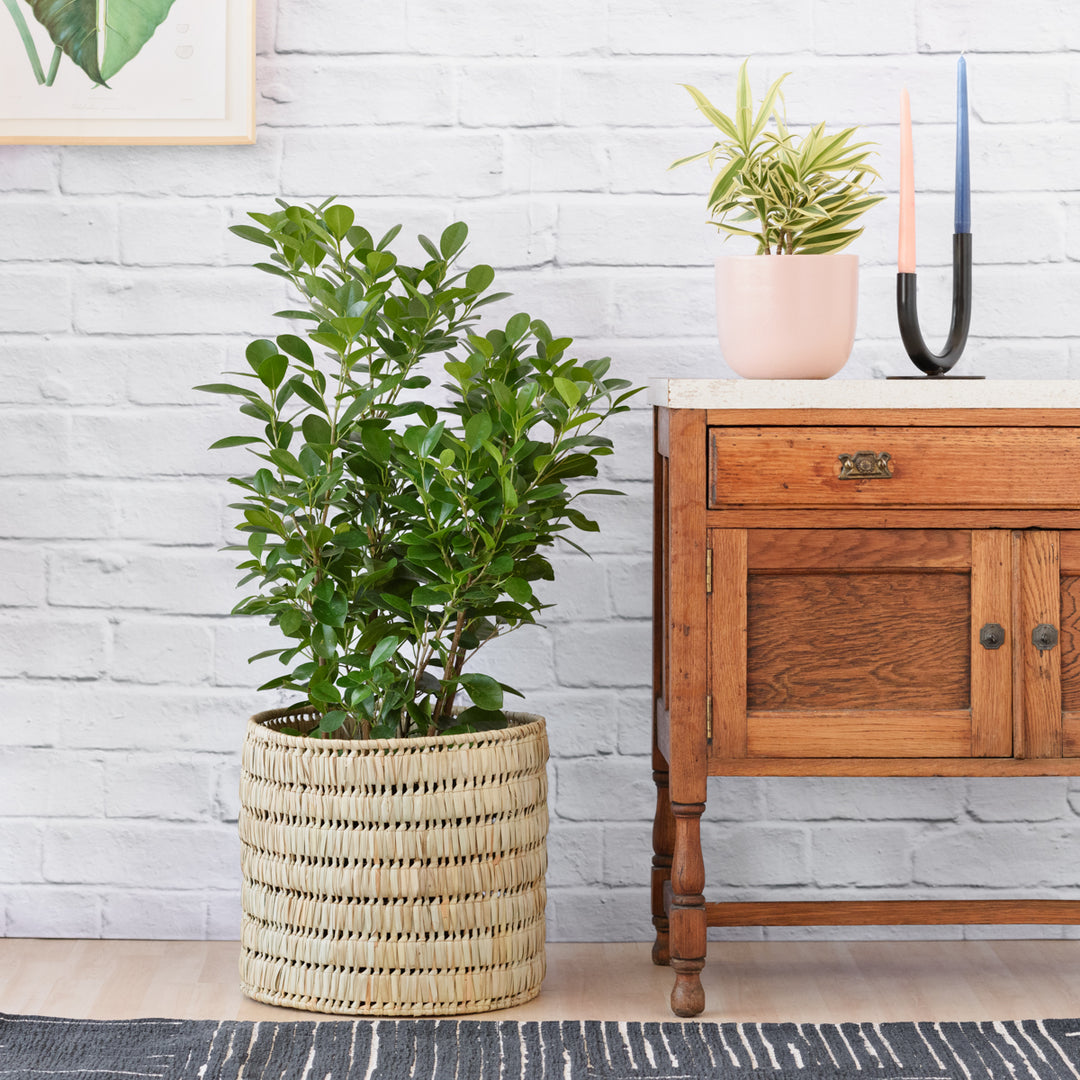
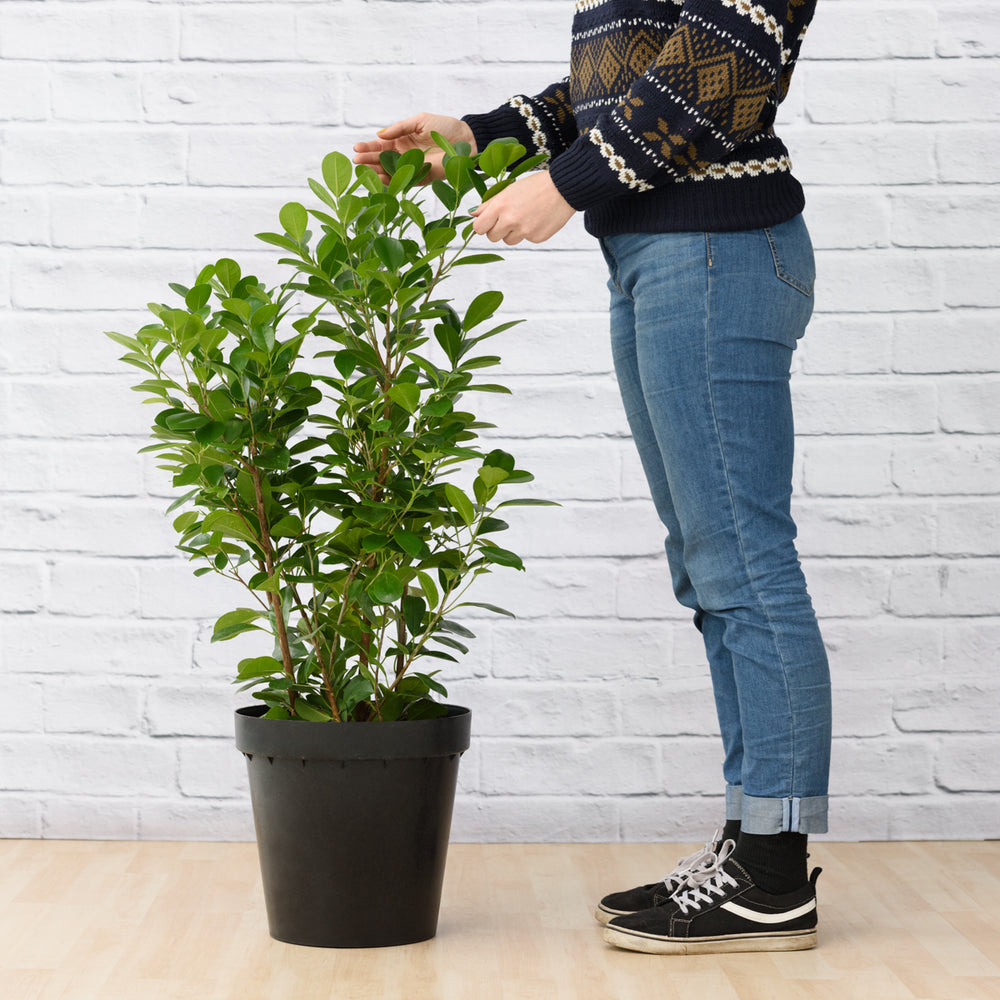
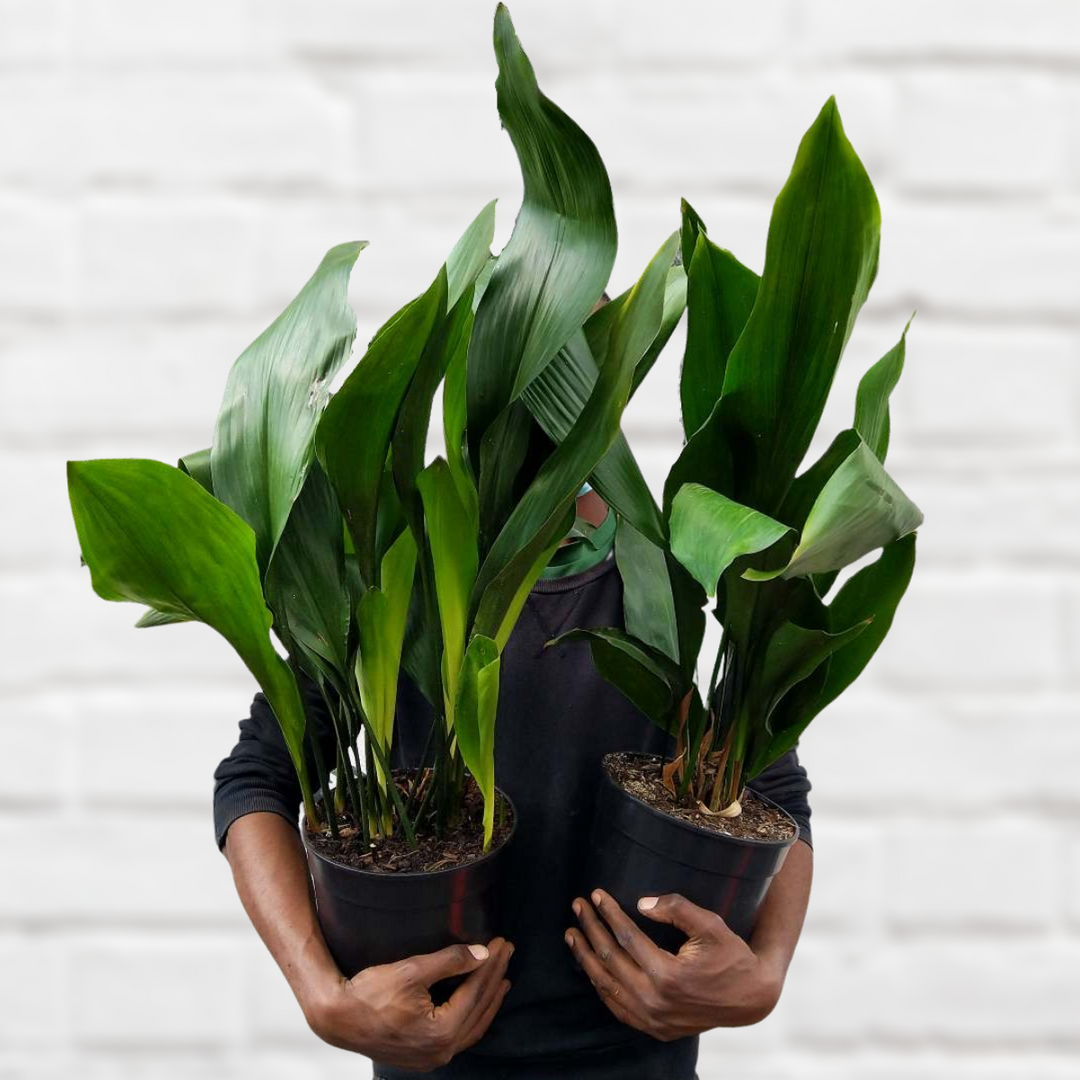
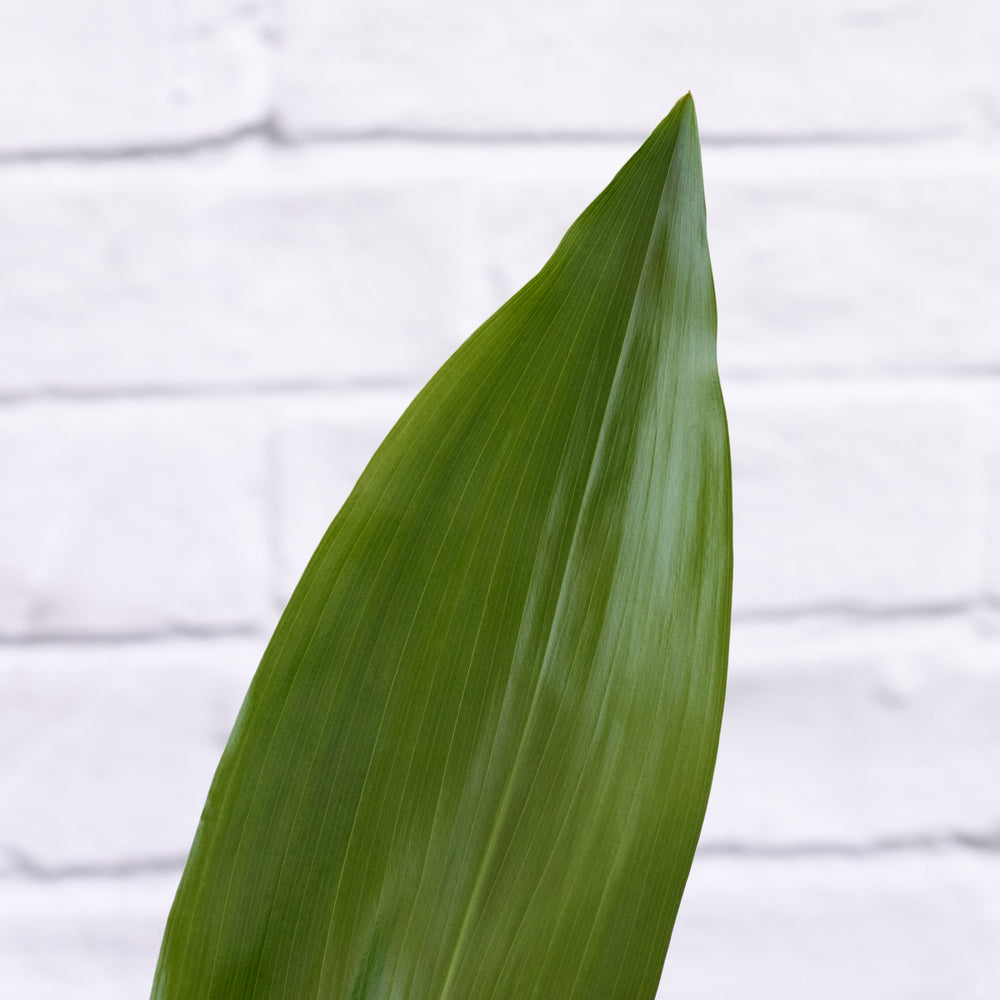
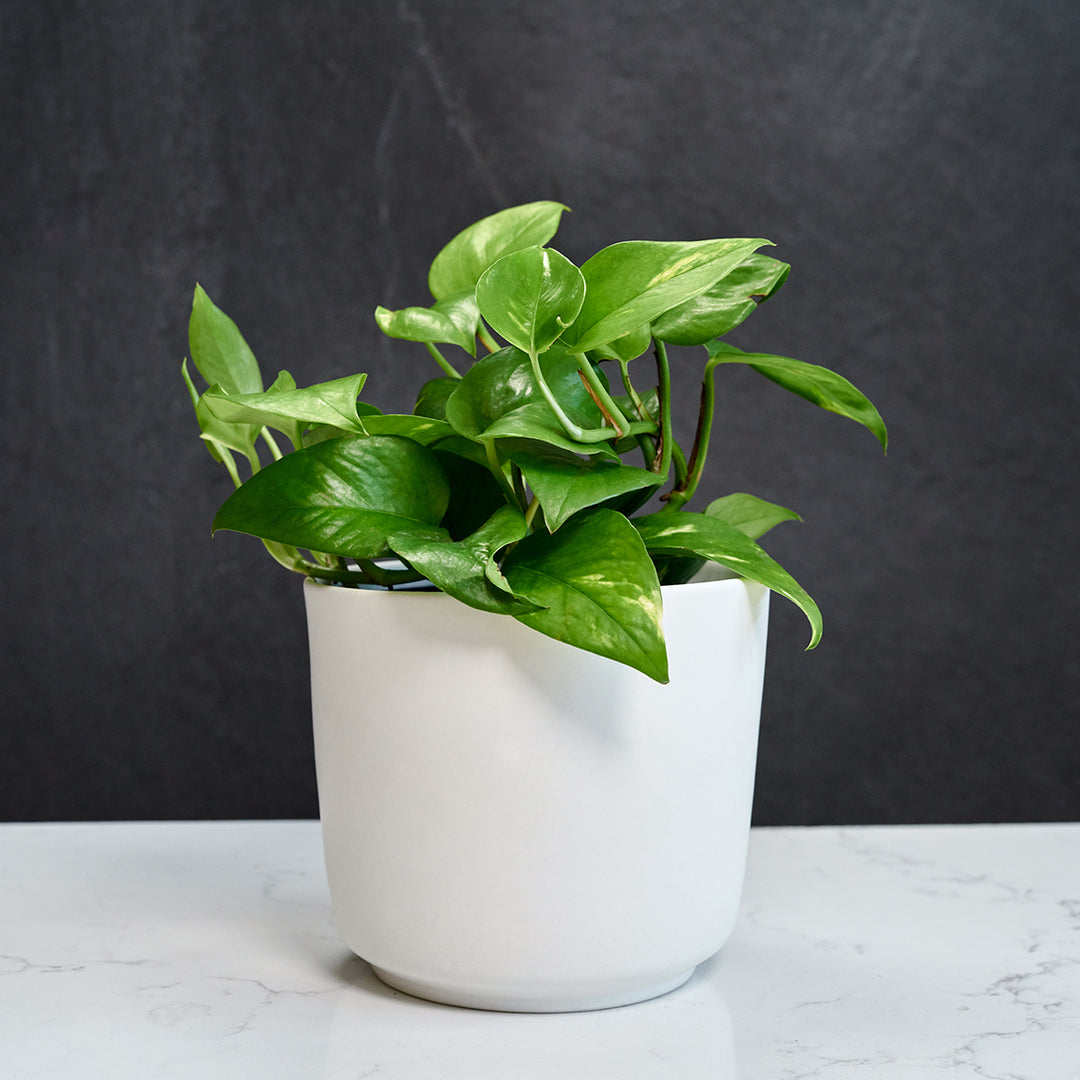
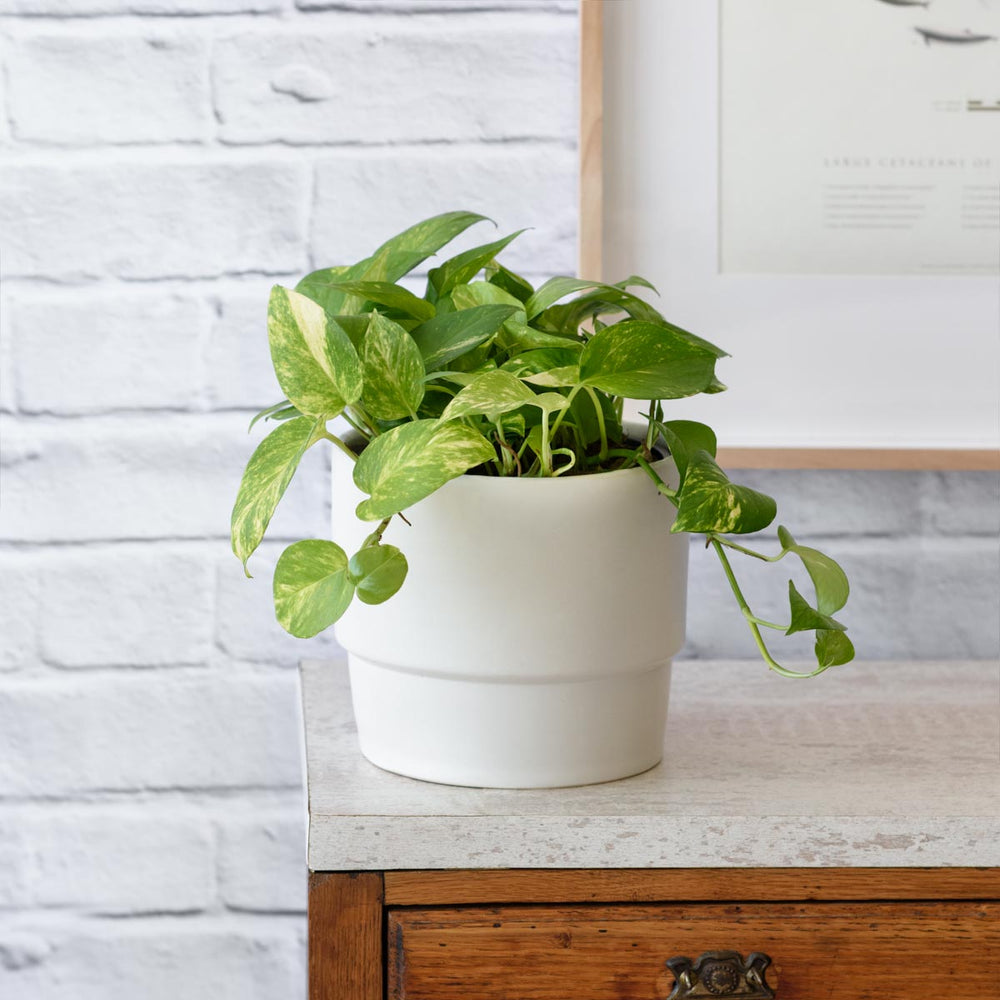
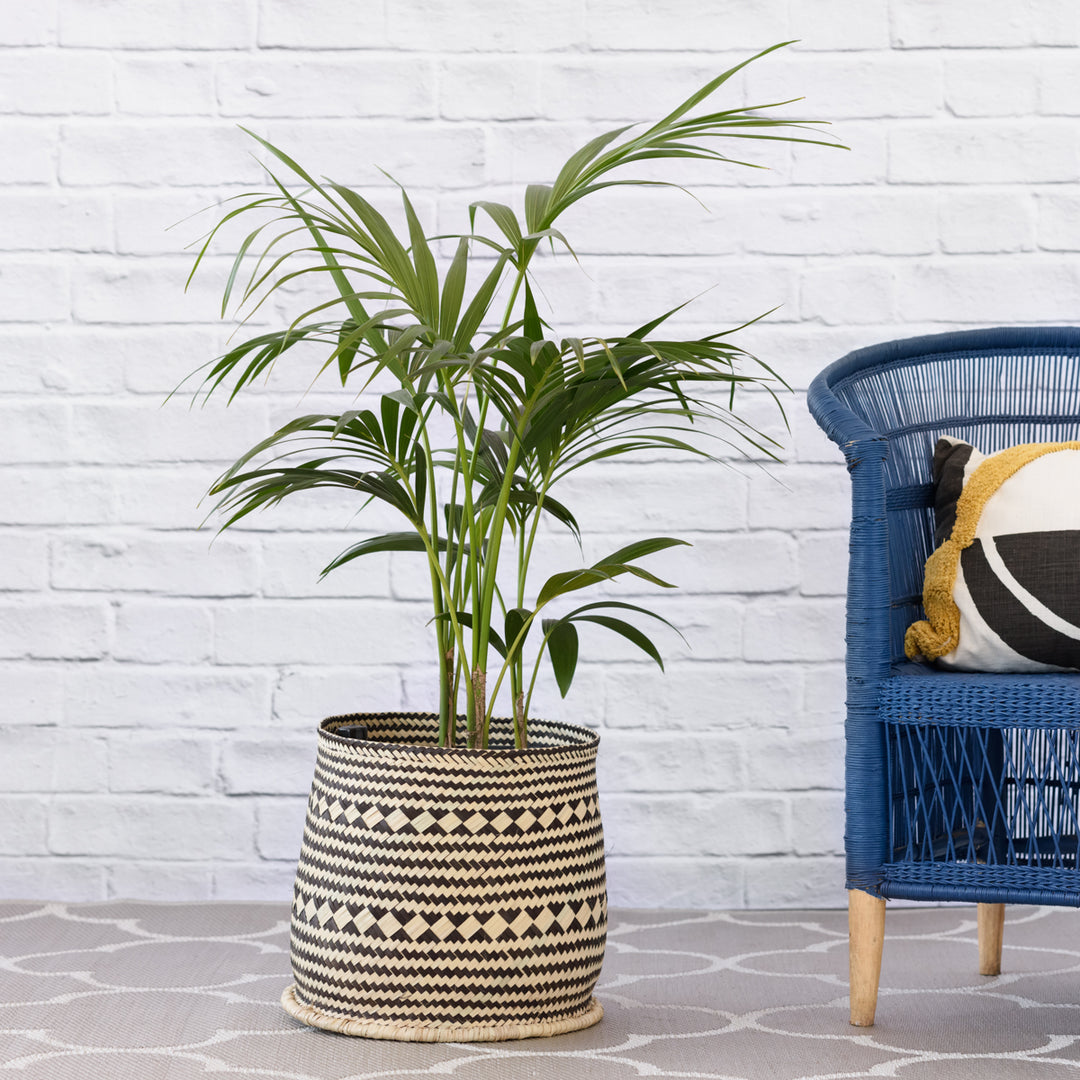
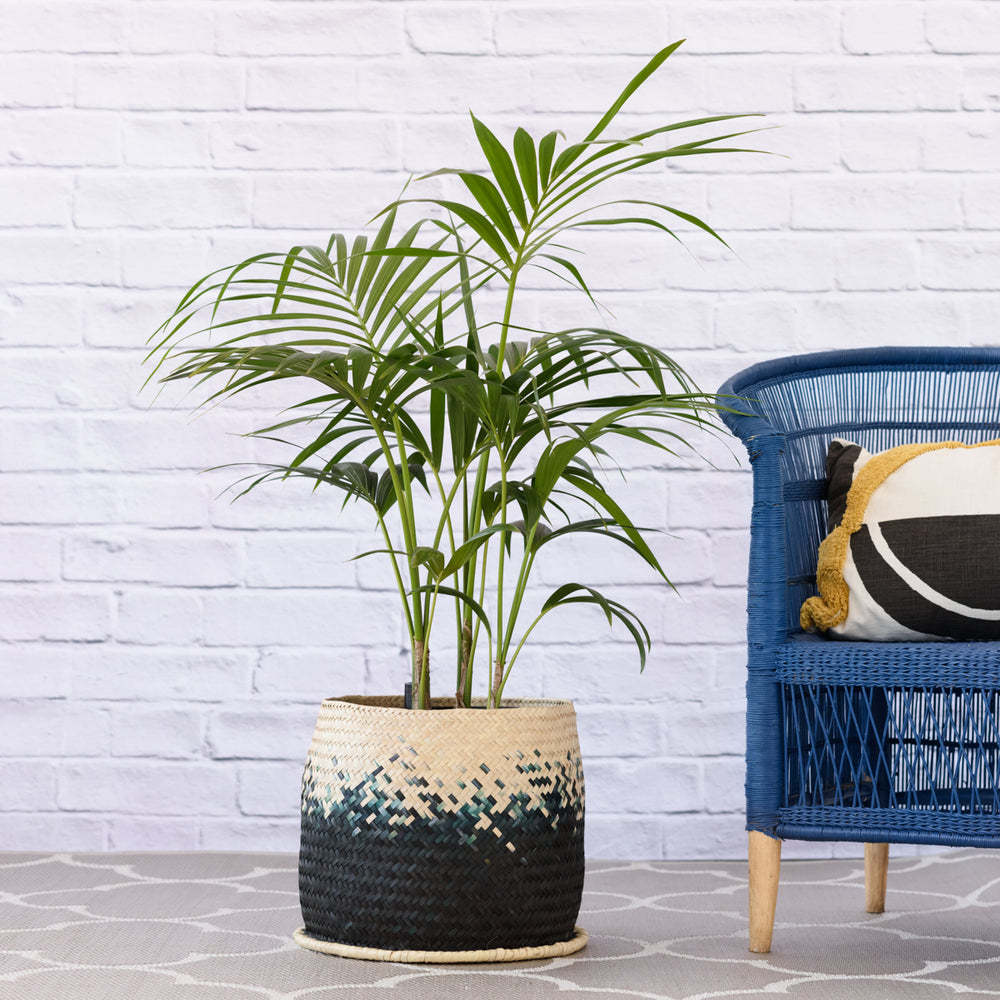


I believe I have gnats. A very very small black flying insect. I might see one when 💦 no . I want to treat all plants with Neem liquid but am
Concerned about hurting them. I live in a small apartment.
I have a beautiful peace lily that has new leaves growing – green flowers but the old leaves are drooping. I will try to repot and see if that works. It is about 4 years old. I sometimes think the soil bags brought the gnats???? If that is indeed what they are
Thank you for sharing great tips on how to prevent houseplant pests! It really helps a lot.
Leave a comment